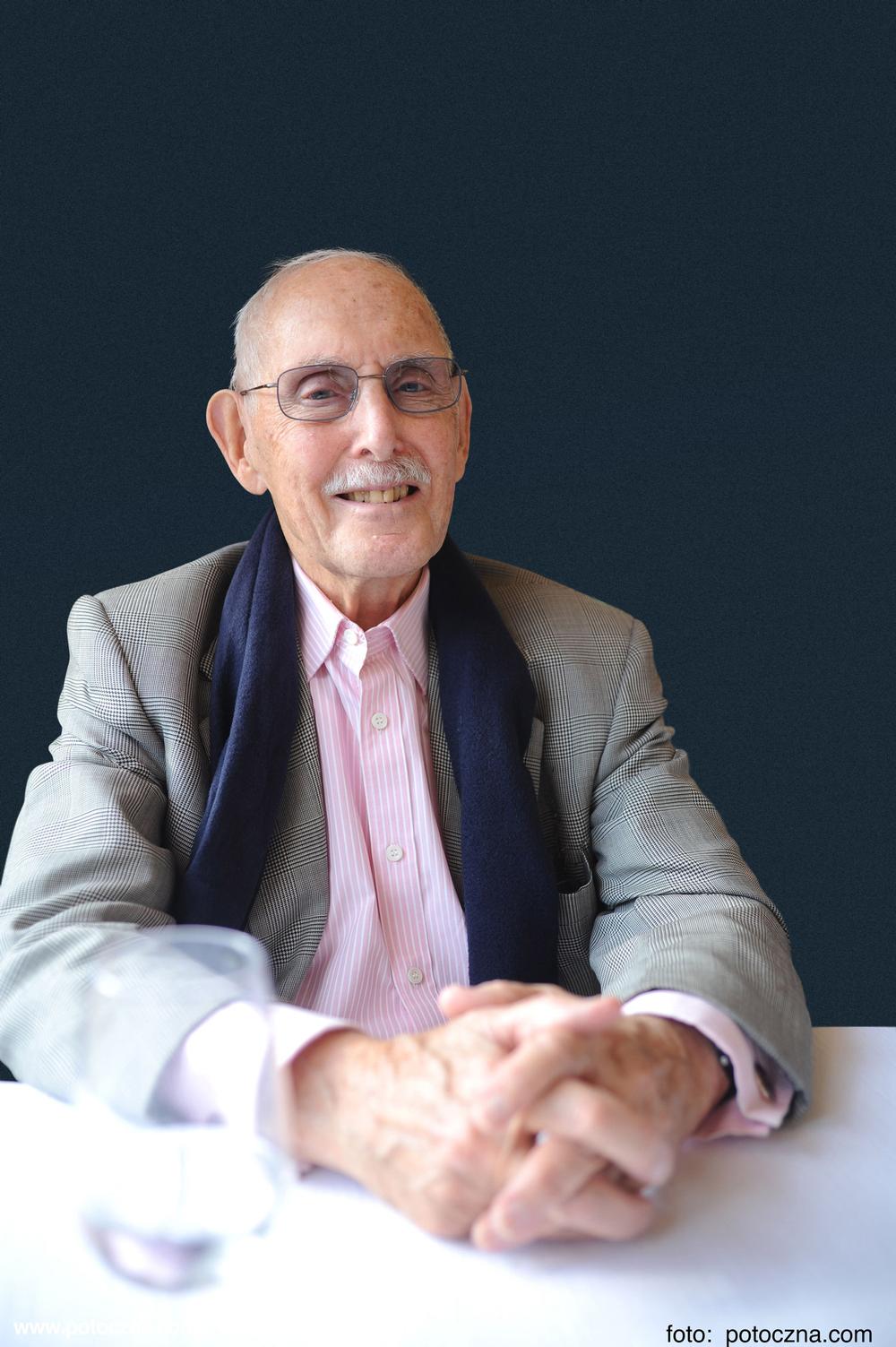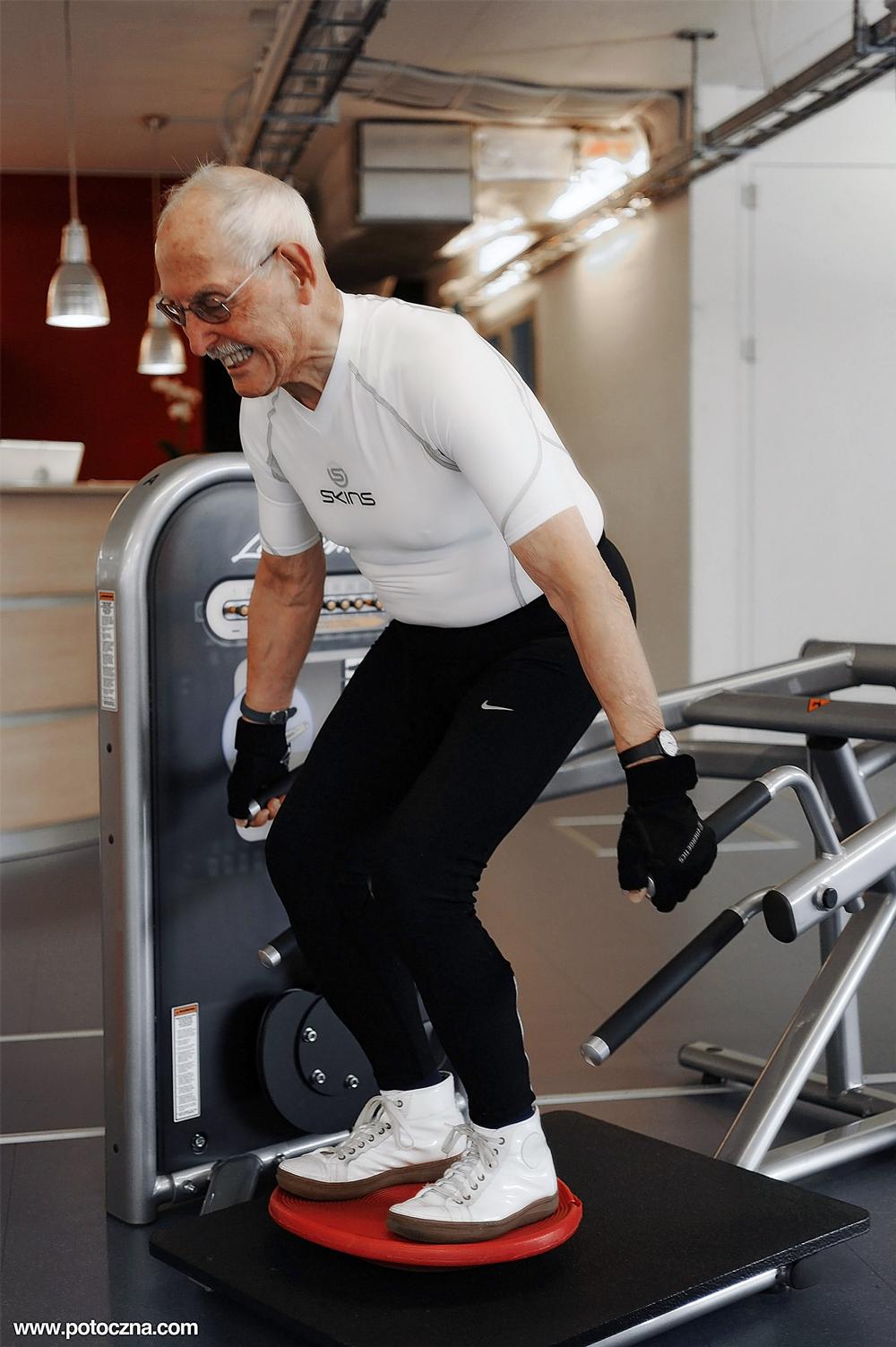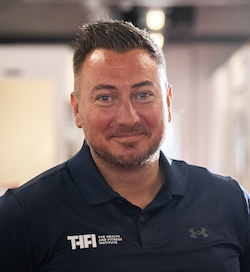Do you believe ‘exercise is medicine’?
I’m a living example that functional training can prevent chronic disease and increase infection resistance in old age – I’m 94 years old, a competitive rower and bodybuilder, and have had no infections for the last four years.
However, the concept of exercise as medicine is being questioned because there’s no major benefit in exercise alone. Exercise cannot be prescribed generally for the treatment of disease, as everyone responds differently. In every exercise study there have been high, low or even adverse responders. This is mainly determined by genetics, but there are other factors involved such as nutrition and age.
So more exercise is not better for everyone. Some people need more, others less exercise. The major benefits of exercise can only be realised with nutrition tailored to type of exercise and to the genetics of the individual.
In addition, although exercise has been touted as the new wonder drug, medicaments require pre-clinical testing (three to six years), three-phase clinical trials (six to seven years), approval (six months to two years) and post-market surveillance. Even in physiotherapy, randomised trials are required. At the moment, exercise as medicine doesn’t seem to have been adequately researched or tested long-term.
That’s not helped by the fact that long-term exercise adherence for those with chronic disease remains low; exercise can’t be described as a wonder drug if patients struggle to take it.
What are your views on GP referral?
GPs prescribing exercise to patients is the future, but the fitness industry isn’t ready. Coaches must have the right training, and the exercise treatment must be covered by health insurance.
In the German-speaking world, the relationship with the medical profession is on the right track: Medical Active offers co-operation between the medical profession and the fitness industry, whereby physicians prescribe exercise to be carried out in selected fitness clubs.
However, in the UK the relationship remains poor, as do links to academia.
What do health clubs need to do better?
Although the average age of a health club member is 40.6 years (SFGV Report 2013), most clubs sell ‘beach bodies’ for gentlemen and ‘Brazilian butts’ for the ladies, which often isn’t the key focus for 40-year-olds.
In addition, the training offered is based on sport science, which is designed to improve athletic performance in a younger age group. The result is a huge loss of members.
Perhaps the biggest missed opportunity lies with the older age group. In five years’ time, 50 per cent of the US population will be aged over 50 – the age group with the highest retention rates and the most wealth. Yet most private health clubs do little or nothing to attract older people as members. That’s not helped by the fact that coaches are on average five years younger than their clients (SFGV Report 2013). In my opinion, client retention would be better if instructors were five years older.
Neither does continuous education for coaches seem to be universally compulsory, while clients are inadequately assessed before and after training. Clients are simply not given what they need or want. The result is a 55 per cent annual loss of clients: more than half of clients are dissatisfied within one year! This is the biggest challenge facing the fitness industry.
As clients only stay for a short time, the industry can’t conduct meaningful research to prove it consistently provides health and fitness as advertised. One of the biggest challenges for the sector is to demonstrate that it has a positive effect on national health, which at present it can’t really do.
In summary, the fitness industry is not fit: parts of it are off the pace and it’s under threat from new technology.
What’s your vision?
I have a dream in which the fitness sector has a good reputation with sports clubs, the medical profession and academia. Head coaches will have academic degrees, with instructors highly trained and receiving compulsory regular retraining. Older age groups will have older coaches.
Clubs will actively pre-assess, diagnose and continuously re-assess the physical condition and progress of their clients, with the results relayed to their physician to form part of the client’s medical history. Genetic testing will also become the norm, giving valuable information on nutritional and physical type.
The results of these tests will form the basis of the nutrition and training plan. As no effective training plan can be made without knowledge of the client’s activity outside the gym, tracking devices will also be used as standard.
Fitness centres will specialise in three age groups. For the 18–30 age group, they will specialise in sport training. The basis of training for the 30–50 age group will be functional training, to assess, rectify physical deficiencies and re-assess, so clients’ daily function is improved.
The 50–90 age group will also be given functional training, but with an acknowledgement of other important factors: the gym should be close to home, the training supervised and with same age group. Building muscle lost due to sarcopenia, with hypertrophy exercises and supplements, will be extremely important and will have a huge impact in reducing dependency in old age.
As clients begin to understand that training is a long-term commitment, and as re-testing continually evidences their improvement, retention will become the norm and clients will sign up for long-term contracts such as three years.
The stream of long-term clients will also be greatly increased and augmented by prescription from physicians, and payment will be guaranteed by health insurance.
For the first time, the fitness industry will have long-term clients and will be able to conduct extensive research to prove its status as one of the most important factors in public health, especially in combating age-related disease.
The huge reduction in client attrition will cause a dramatic increase in profitability, but in addition there will be considerable additional income from tests, food, supplements, rent or sale of tracking devices, heart rate monitors and so on.
This is my dream – and I believe the fitness industry has the ability to make my dream come true.

























































